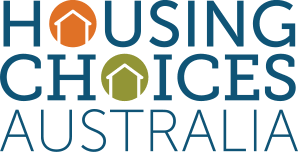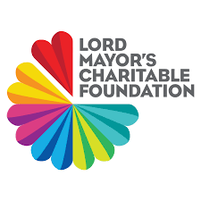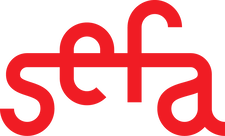|
Latitude Network is collaborating with the Victorian Alcohol and Drug Association (VAADA), the peak body for Alcohol and Other Drugs services in Victoria, on an innovative data collaboration project for the sector. In the initial phase, 15 leading providers of Alcohol and Drug services across Victoria have formed a governance group to share de-identified data, including client demographics, service delivery, needs assessment and outcomes. The project aims to enhance the sector's ability to leverage existing data shared with the Department of Health, providing a comprehensive 'whole of sector' view that individual organisations cannot currently access. This collaboration allows for regional comparisons, insights into service demand variations and cohort segmentation to understand nuanced differences. Putting the power of data back in the hands of agencies via this data sharing model has great potential to improve service planning and ultimately improve outcomes for our clients." Through this data collaboration initiative, individual organisations can harness their data more effectively, learn from peers and gain insights into the broader system. All data shared is anonymised to ensure confidentiality while revealing critical patterns and trends.
Scott Drummond, Head of Policy and Practice at VAADA, expresses excitement about this collaborative project, stating, "As the peak body, we are excited to support drug treatment services gain better insights and understandings into their data through a project that is all about collaboration. Putting the power of data back in the hands of agencies via this data sharing model has great potential to improve service planning and ultimately improve outcomes for our clients.” You know the iconic image of Florence Nightingale, the British nurse, wandering through the night with a lamp to tend to the dying soldiers of the Crimean war. She is responsible for saving tens of thousands of lives - but not from providing one-to-one nursing care. Her broadest impact came from - wait for it - being a data analyst. Her work led to a long lasting legacy in healthcare to value data as a way to make better decisions and get better outcomes. Her biggest impact came not from nursing but - wait for it - from data analysis
 It might come as a surprise (shock) that not everybody loves or understands data. Sometimes to get executives engaged with your data project, you have to help them care at least a bit about data. When pitching the Data Impact Journey to decision makers, you can share the benefits you can expect to get out of such a project. These include - 1. Improved Decision Making: Data-driven decisions are often more accurate and reliable than those based on intuition or anecdotal evidence. Investing in data skills and systems can provide the necessary tools and knowledge to make informed decisions. 2. Enhanced Service Delivery: Understanding the needs and preferences of your beneficiaries through data can help tailor your services more effectively, leading to improved outcomes and increased beneficiary satisfaction.  The team at Latitude Network is starting the year with a new more focused mission - 'Building a data-empowered social sector.' Why? Because we’ve learned over the last seven years of work with many great and varied organisations that data is a key to how we achieve better social impact. Most social organisations also recognise that they are at the early stages of their data journey, with plenty of opportunity to improve and grow. You can read more about what data empowerment looks like in this article or in our updated website.  Is your board focusing more on compliance than impact? Is it engaged or disengaged with critical organisational matters? What questions does it ask of its executive team and what evidence does it require in dealing with the response? Is the board using data to make impact-led decisions? Quite rightly, much has been written and spoken about our compliance duties as board members in recent years. And we still have a way to go yet to give ourselves, and our stakeholders, comfort that we have appropriate systems and processes in place to manage data safety and security. But what about your board’s key function - to deliver on the organisation’s mission? In our experience, most board’s are not using good, reliable data to make impact-driven decisions.  We're thrilled to announce that we are a part of a consortium that is taking a unique, solution-focused approach to understanding and solving for the growing challenge of women's homelessness. The group, consisting of Housing Choices Australia, Sefa and Latitude Network has been funded by Lord Mayors' Charitable Foundation to explore how a cohort-focused, outcomes-based approach to the growing challenge of older women's homelessness can create a set of solutions that might address particular elements of this challenge. The team is drawing on insights from experts in the field as well as directly from women with lived experience. We are focusing on the people who may be vulnerable to entering into homelessness due to life and financial circumstances, and seeking to avoid early entry to aged care. Further outputs from the project will be made available over the course or 2024. |
Filter by:
All
Archives
April 2024
|
|
We acknowledge all First Peoples of this land and celebrate their enduring connections to Country, knowledge and stories. We pay our respects to Elders and Ancestors who guide the Aboriginal and Torres Strait Islander community. We also acknowledge the wisdom, dignity and lived experience of the people who benefit from social services.
|
Ready to harness the power of data for your organisation?
|
Data Empowered Social Impact
|







 RSS Feed
RSS Feed